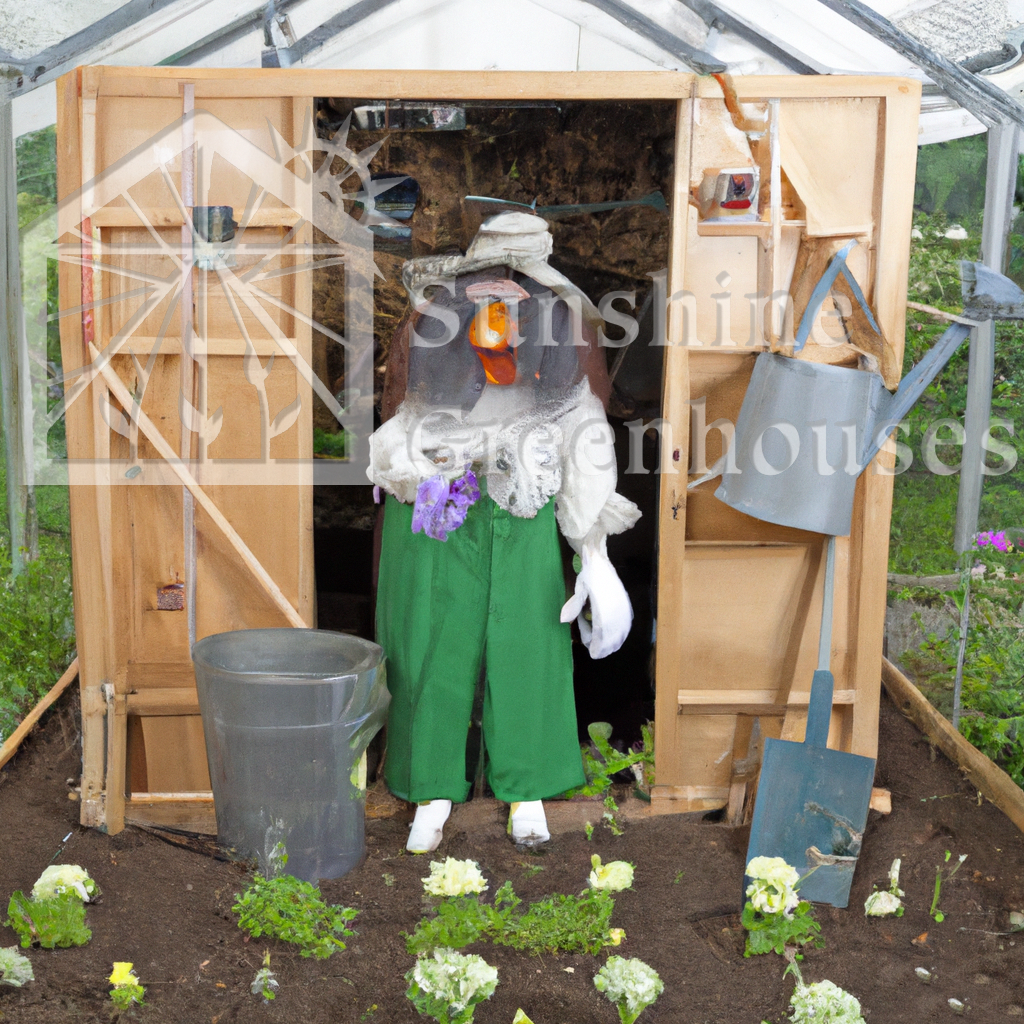The spring season is just a few weeks away, and maybe even closer for some of you that live in the warmest growing zones and I think we are all getting cabin fever. I can’t wait to get out in the greenhouse and start my seeds for my vegetable garden once again! The big ‘joke’ around my house is that we don’t get cabin fever here, we get greenhouse fever because my little ‘moose’s’ like running around playing in the dirt and starting seeds as much as I do.
If you haven’t already you need to go through your seed list buy what you need for this new season and then sort out your seeds by what plants and vegetables have the longest growing seasons. After you have decided which plants of your choice have the longest growing seasons, the next step is to sort out which are the most hardy plants because you won’t want to start growing a delicate plant that can’t have the warmest temperatures right away or you will only be disappointed when they die off quickly.
So, now that you have which plants need the longest growing time including the plants that are the hardiest, you are almost ready to start planting! My favorite way to plant is in flats. I use the largest I can find, reusing from last year to save a little money when starting new plants. I keep my very largest for my tomato and pepper plants, as they seem to do better in the flats with the deeper and wider area because they spend a little longer time in the greenhouse than some of my flowers and smaller type vegetables. When you start working with your flats it is important to keep them up off the ground after you have finished adding soil and seeds to each. The ground (even in your greenhouse) is going to be one of the coldest spots so putting your flats on the highest benches or shelves will be a great idea. If you are like me, I have too many flats to consider using heat pads under my seedlings so I keep all of my flats as high as I can in the greenhouse to take full advantage of the sun and the warmth in the greenhouse during the colder nights.
When planting seeds, a good soil is going to be one key ingredient that you will need in order to succeed in seedlings. Using compost, potting or gardening soil and a little sand or perlite in your mixture is a good start. Be sure to read all the directions on your seed packages, many times most of us like to put two or three seeds in one cube of the flat so that we are guaranteed that something will grow but often this will cause over crowding when you are not aware the plants are growing which can cause all of the little seedlings to die off quickly. If your seed package states one use only one seed and if it doesn’t germinate you can always go back and reseed the entire flat as needed.
On a last note, about planting seeds, be sure to water lightly for the first few times. You won’t want to over water and cause your seeds to come to the top of the soil where they won’t be able to root properly.

